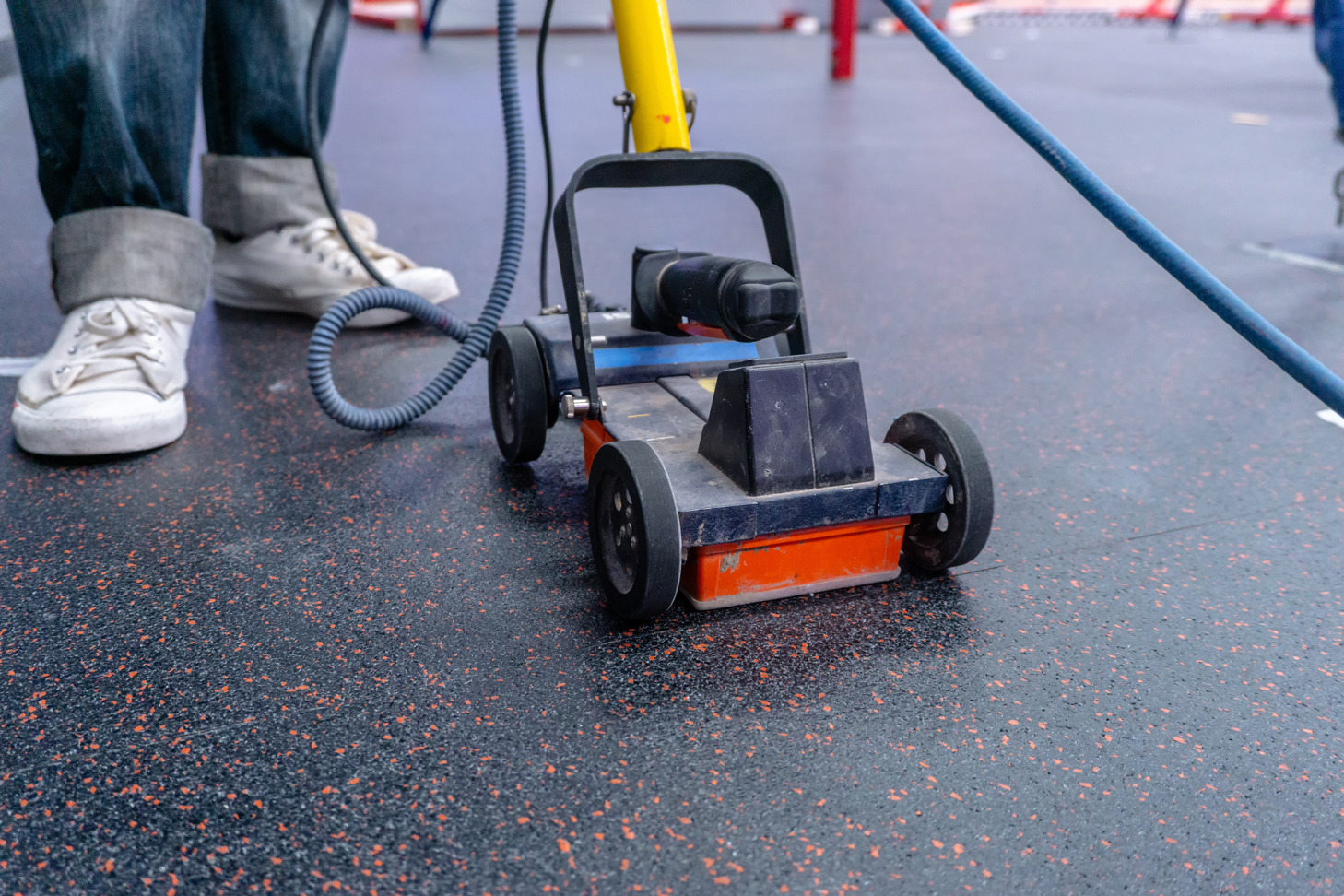Discover Hidden Obstacles with RainierGPR Concrete Scanning Modern Technology
Discover Hidden Obstacles with RainierGPR Concrete Scanning Modern Technology
Blog Article
Checking Out the Key Benefits of Concrete Scanning in Building And Construction Projects
In the realm of modern-day building practices, the usage of concrete scanning modern technology has emerged as a critical tool for ensuring project effectiveness and architectural honesty. From enhancing security measures to precisely identifying utilities hidden underneath the surface area, the advantages of concrete scanning are diverse. RainierGPR Concrete Scanning.
Boosted Precaution
Using advanced concrete scanning innovation enhances safety procedures on building and construction websites by giving accurate detection of potential risks hidden beneath the surface area. This modern technology makes it possible for building and construction groups to recognize rebar, channels, post-tension cords, and other obstructions prior to excavation or exploration, considerably reducing the risk of crashes. By identifying these elements precisely, employees can avoid destructive critical architectural elements, thus protecting against injuries, hold-ups, and pricey fixings.
Additionally, concrete scanning plays an important role in making certain the stability of existing structures throughout expansions or improvements. By finding weaknesses, gaps, or degeneration within concrete aspects, engineers can attend to these issues proactively, boosting the overall safety and security and longevity of the building. This positive strategy not just alleviates the danger of architectural failings yet likewise minimizes the potential for mishaps brought on by unpredicted architectural deficiencies.
Basically, the application of concrete scanning modern technology functions as an aggressive safety procedure that safeguards both building and construction employees and the architectural integrity of structures, ultimately adding to the overall success and performance of construction jobs. - RainierGPR Concrete Scanning
Accurate Discovery of Energies
Concrete scanning technology assists in specific identification of underground utilities, improving building and construction website safety and security and efficiency. Accurate detection of utilities is critical in construction projects to avoid costly damages, project delays, and most significantly, make sure the safety and security of employees and the general public. By making use of innovative scanning technologies such as ground-penetrating radar (GPR) and electromagnetic induction, construction teams can map out the place of buried pipelines, cords, and various other energies with high degrees of accuracy.

Time and Expense Performance

Concrete scanning modern technology allows building and construction teams to accurately find rebar, post-tension cords, and various other embedded things within concrete frameworks. This accurate details aids in preventing costly blunders such as unintentional damage to vital aspects throughout drilling, reducing, or coring tasks. In addition, by identifying potential risks ahead of time, the need for pricey repair services or remodel due to damages can be minimized, causing cost financial savings for the task.
Moreover, the capacity to swiftly and precisely discover energies under the surface without triggering any type of damages not only conserves time yet likewise stops pricey disruptions to existing facilities. In general, the time and cost performance advantages of concrete scanning make it an important device for boosting building task management and implementation.
Conservation of Architectural Stability
Protecting the architectural stability of structures and framework is critical in guaranteeing long-term stability and safety. find out Concrete scanning plays a crucial role in this preservation process by permitting building specialists to recognize possible risks to the architectural stability of a structure or framework before they escalate into significant problems. With using innovative scanning innovations such as ground-penetrating radar (GPR) and electromagnetic induction, building and construction groups can non-invasively examine the condition of concrete structures, situate rebar, post-tension cords, and various other ingrained components, and recognize any voids, splits, or wear and tear within the concrete.
Improved Project Preparation
In order to make sure the successful implementation of construction tasks, thorough focus to information and complete planning are important parts that stem from a thorough understanding of the structural conditions recognized through concrete scanning. Ultimately, integrating concrete scanning into the job planning phase enhances control amongst group members, cultivates proactive problem-solving, and contributes to the successful shipment of building jobs within spending plan and routine restrictions.
Final Thought
To conclude, concrete scanning offers numerous advantages in construction tasks. By improving safety and security steps, accurately finding energies, improving time and expense effectiveness, preserving structural honesty, and helping in task preparation, concrete scanning proves to be a vital device for successful project implementation. Its capability to alleviate threats, boost efficiency, and ensure job honesty makes it a vital asset for building professionals.
In the world of contemporary construction official source practices, the application of concrete scanning modern technology has arised as a critical device for guaranteeing job effectiveness and architectural integrity.Concrete scanning innovation allows building groups to accurately find rebar, post-tension cable televisions, and various other embedded things within concrete structures. Through the usage of sophisticated scanning technologies such as ground-penetrating radar (GPR) and electro-magnetic induction, building and construction teams can non-invasively examine the problem of concrete frameworks, situate rebar, post-tension cables, and other ingrained components, and recognize any kind of gaps, cracks, or deterioration within the concrete.
In order to make sure the successful implementation of building and construction tasks, meticulous focus to information and thorough preparation are important parts that stem from a detailed understanding of the structural conditions determined with concrete scanning. Ultimately, integrating concrete scanning into the job preparation phase boosts sychronisation amongst group participants, fosters aggressive analytic, and contributes to the successful delivery of construction jobs within spending plan and Find Out More timetable restrictions.
Report this page